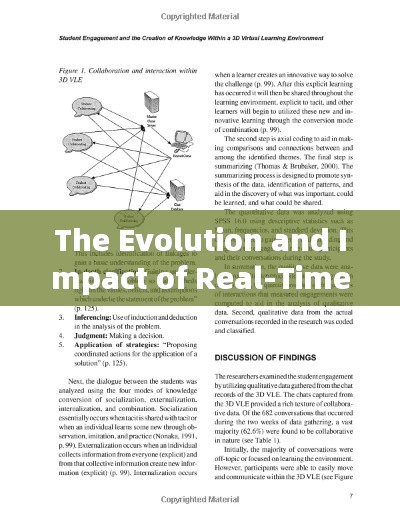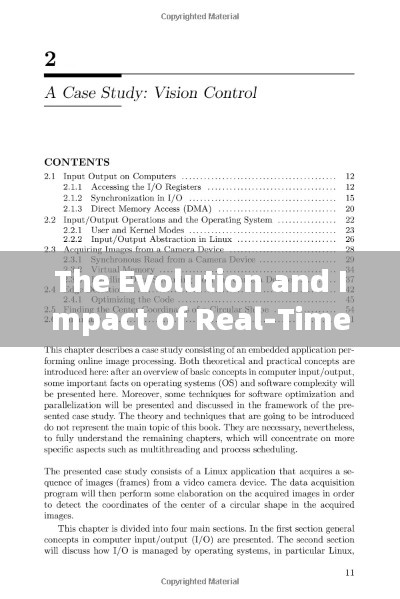The Evolution and Impact of Real-Time English Translation Software
In the age of globalization, communication across languages has become more crucial than ever. Real-time English translation software has emerged as a game-changer, breaking down language barriers and fostering seamless international interactions. This article delves into the evolution of real-time translation software, its impact on various sectors, and the future prospects of this innovative technology.
The Genesis of Real-Time Translation
The concept of real-time translation dates back to the early 20th century when mechanical devices were developed to assist in language translation. However, it was not until the late 20th century that significant advancements were made in this field. The advent of computers and the internet paved the way for the development of sophisticated translation software.
The Evolution of Real-Time English Translation Software
1. Early Days: The Birth of Machine Translation
The early days of real-time translation were marked by the birth of machine translation (MT) systems. These systems relied on rule-based algorithms to translate text from one language to another. While these systems were limited in their accuracy and speed, they laid the foundation for future advancements.
2. The Rise of Statistical Machine Translation
In the late 1990s, the field of machine translation saw a significant breakthrough with the introduction of statistical machine translation (SMT). SMT systems utilized vast amounts of bilingual data to learn translation patterns and produce more accurate translations. This marked the beginning of a new era in real-time translation technology.
3. Neural Machine Translation and Beyond
The past decade has witnessed the rise of neural machine translation (NMT), which has revolutionized the field of real-time translation. NMT systems employ deep learning algorithms to understand the nuances of language and produce translations that are often indistinguishable from human translations.
The Impact of Real-Time English Translation Software
1. Business and Commerce
Real-time translation software has transformed the way businesses operate globally. Companies can now communicate with clients and partners in different countries without the need for human translators, leading to increased efficiency and cost savings.
2. Education
Educational institutions have also benefited from real-time translation software. Language learners can now access a wealth of resources in their native language, making it easier to grasp complex concepts and improve their language skills.
3. Tourism and Hospitality
The tourism and hospitality industry has seen a significant boost due to real-time translation software. Travelers can now easily communicate with locals, leading to better experiences and increased tourism revenue.
4. Healthcare
In the healthcare sector, real-time translation software has become invaluable for providing care to patients from diverse linguistic backgrounds. This has not only improved patient outcomes but also enhanced the overall quality of healthcare services.
The Future of Real-Time Translation
The future of real-time English translation software looks promising, with several emerging trends:
1. Improved Accuracy
As technology continues to evolve, the accuracy of real-time translation is expected to improve significantly. This will make the technology even more reliable and user-friendly.
2. Multilingual Support
The future of real-time translation may see the integration of more languages, making it easier for people from different linguistic backgrounds to communicate.
3. Integration with Other Technologies
Real-time translation software is likely to be integrated with other technologies, such as virtual reality (VR) and augmented reality (AR), to create immersive language learning experiences.
4. Ethical Considerations
With the increasing reliance on real-time translation, ethical considerations, such as data privacy and bias in translation algorithms, will become more prominent.
Conclusion
Real-time English translation software has come a long way since its inception. Its evolution has transformed the way we communicate and interact with people from different linguistic backgrounds. As technology continues to advance, the future of real-time translation looks promising, with the potential to break down even more barriers and foster a more connected world.
Navigating the Rails: Understanding Real-Time Train Information in English
Title: Unveiling the Real-Time Traffic Congestion Rankings: A Comprehensive Look
The Art of Real-Time Translation at Business Recruitment Meetings
The Power of Real-Time English News Translation
The Rise of Real-Time Chinese to English Translation Apps
The Rise of Real-Time Subtitles in English Movies















 粤ICP备19130523号-1
粤ICP备19130523号-1